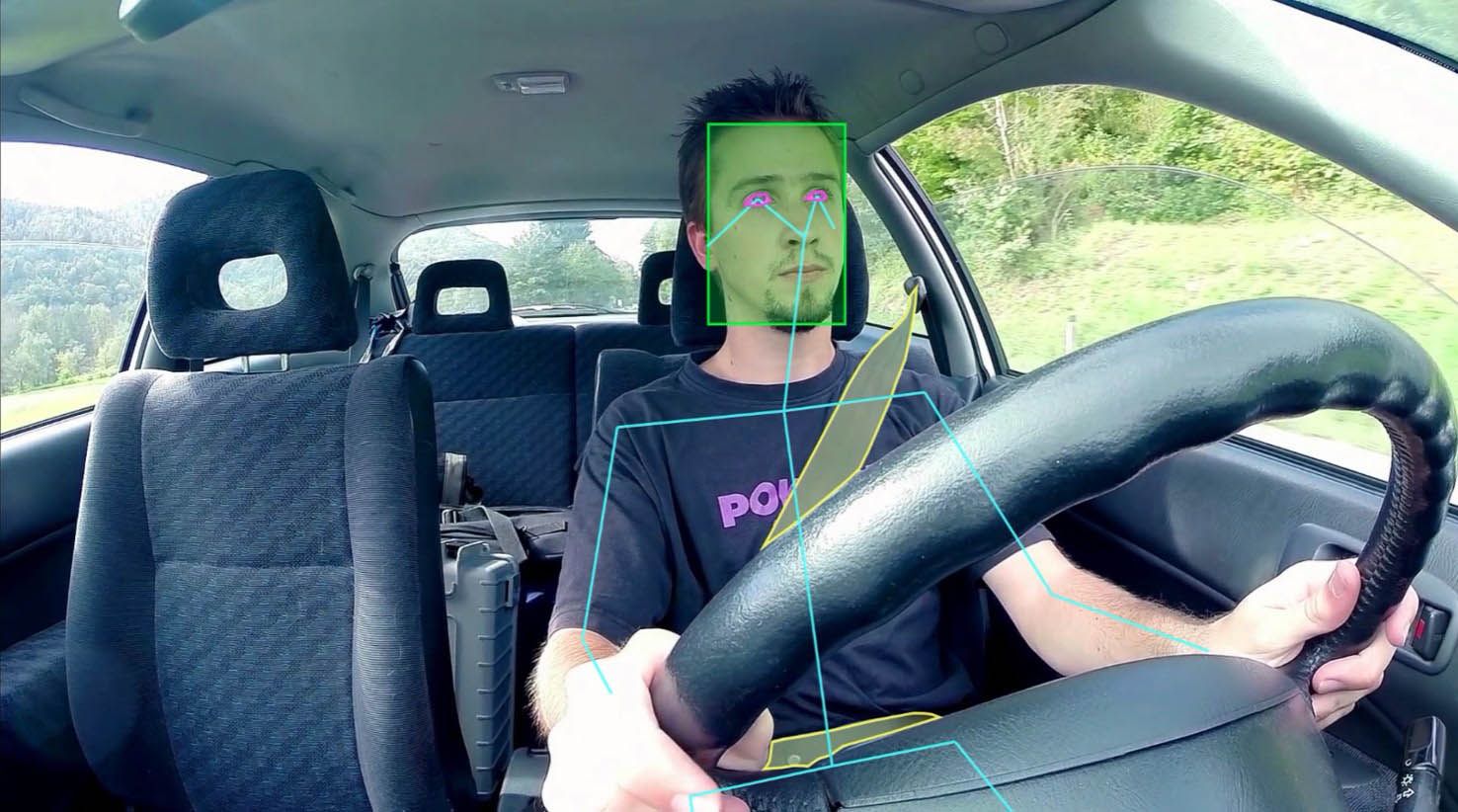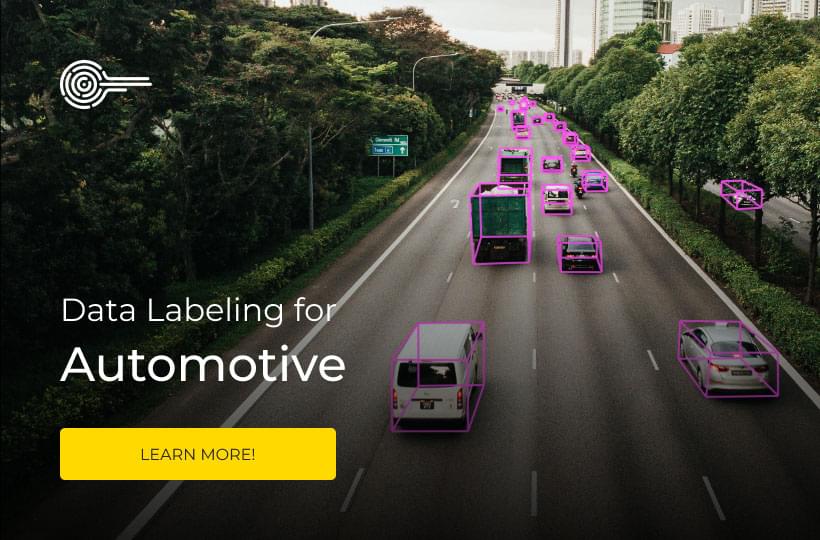Autonomous Vehicle Data Collection for In-Cabin AI Applications

A lot of focus is on self-driving cars, particularly looking outwards on the road to achieve a safe autonomous passenger vehicle. It is just as essential to have the AI look inside. It should see things like how many people are inside, what they're doing, and what they're saying. This data helps make the vehicle's Artificial Intelligence smarter and able to do more things. That can be things like playing music or telling jokes, or following voice commands.
In-cabin autonomous vehicle data collection is a critical part of building smarter autonomous vehicles. Passengers and drivers create a lot of useful data to improve safety. A set of cameras, microphones, and an onboard device that hosts the AI can collect and use data in real time to make autonomous vehicles safer. Moreover, it can do this while maintaining privacy standards for the driver and passengers.
If a human driver is looking at a screen on a dashboard, they may be distracted. The same way as if they were looking at their phone. If the self-driving car can see what the driver is doing and hear what the driver is saying, it can recognize the distraction and take action. It can also identify the emotions and feelings of the driver. Are they stressed? Are they tired? This information can be used to make autonomous vehicles safer.
If the vehicle is fully a self-driving car, with no human driver required, it is even more important to make sure the vehicle and passengers are safe. For example, make sure that passengers are seated and buckled in. If a child is left unattended, they can still be safe in the vehicle, watched by the AI, and the same for pets and the elderly.
Object detection labeling can enable the AI to recognize dangers and objects that are not allowed, such as open alcohol bottles and lit cigarettes. The AI should also recognize dangerous activities. Things like arguments, an arm sticking out of the window, harassment and violence. It can also detect things like vandalism, breaking, entering, and attempted theft.
The in-cabin monitoring can allow the AI to remind passengers if they forget something like a phone. The same for any spilled objects. That way, people don't forget or leave anything behind inside the vehicle. Of course, the exact needs depend on the use case and ownership. A private vehicle is different from a shared vehicle or commercial vehicle. An autonomous delivery or transport vehicle may need to monitor packages and ensure they are safe. It would also need to ensure the right items are delivered to the correct location.
Video annotation | Keymakr
How Data Collection and Labeling Helps You Make the Self-Driving Car of the Near Future:
- Beyond facial recognition, AI will need to recognize human feelings, ages and behavior. To do that, much more metadata must be labeled in videos and pictures of humans in cars.
- AI should also be able to recognize if someone is car sick and possibly having a medical emergency. To support that, the data the AI is trained in needs to have some medical diagnostic labeling.
- Objects and behaviors need to be put into context. For example, items like a cigarette and lighter help the AI recognize a person is smoking. That takes labeled objects in pictures and videos.
- Objects like weapons may indicate violence or crime. That again means those objects should be labeled, and so should violent human behaviors.
- If a small child is present, the AI should recognize what a car seat looks like. Importantly it should know when it is needed and not present.
- We can provide datasets and data collection and labeling to support all of the features of AI that you want to produce through machine learning.

Conclusions
Data collection and labeling from inside vehicles are critical to developing safe self-driving cars. Beyond facial recognition or tracking eye movement, the ability to infer the driver's state of mind is a useful indicator of safety. That is to say, the AI needs to have a kind of empathy for the driver and passengers. AI must be able to observe the driver and interpret their behavior. The same is true for passengers.
Humans are emotional creatures. Emotions are a large part of what makes human drivers unsafe. For example, there is a reason the term "road rage" has become a commonplace expression. AI, on the other hand, is a machine. Without emotions and feelings, a self-driving car is never in a hurry to hit the accelerator and rush off to its destination. An AI will always be as patient as it needs to be for an obstacle to move or a red light to change. As a result, an autonomous vehicle does not rush only to drive itself into a wall or an accident.
Inside the vehicle and without the need for a human driver to do much or even to be present, passengers may feel free to act foolishly. However, it is still essential to be safe and conduct yourself properly in any vehicle. What kinds of rules are meant to be followed are different depending on the vehicle and situation. For example, it may be fine for a person to eat, drink and smoke in their car most of the time. However, that may still not do at all if there is a child present. If there is a young child present, they may need a proper seat.
There would likely be more rules if it is a shared vehicle, such as a self-driving taxi or limo service, like a Delemain from Cyberpunk 2077. The most common sense rules would be for passenger comfort and safety. If those rules are broken, the AI needs to be able to detect that and react accordingly. Perhaps it would need to pull over and stop due to passenger behavior or a medical emergency.
Remember to create such an AI capable of doing the things described here. It needs to go beyond facial recognition. It needs to recognize human feelings and ages. Likewise, AI must go beyond object recognition too. It needs to place objects in context and relation to humans and human behavior. To do that, a great deal of data collection and annotation is needed to train and improve the model. That is exactly what we provide companies so that you can make it all real and sell it.



